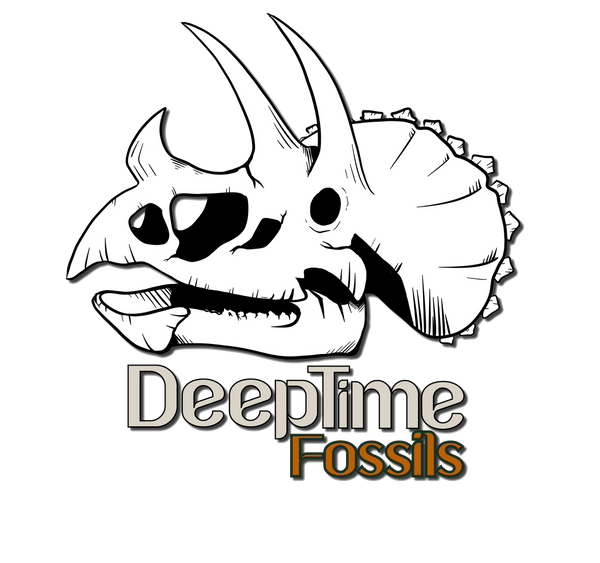
As a young boy, growing up in Colorado, I shared a love of dinosaurs with many other boys and girls. One of my favorite dinosaurs was the Stegosaurus; identified by the upright armored plates running down its spine and the pointed spikes on its tail.
I had a small collection of toy dinosaurs, arranged neatly on the headboard of my bed. The Stegosaurus was in my collection. At night I fell asleep dreaming of what I would become when I grew up; maybe I would be an astronaut, or a police officer, or an explorer in search of dinosaur fossils.
I remember riding a school bus on a field trip to the Denver Museum of Natural History, where I saw a real stegosaurus fossil skeleton. This fossil was found by Professor Frederick Carl Kessler, a popular history teacher who moved to Cañon City, Colorado, in 1925. On weekends Professor Kessler led his students on geology tours, often in the Garden Park area north of Cañon City.
It was there, in Garden Park, where Professor Kessler discovered this stegosaurus fossil. He contacted the Denver Museum of Natural History and arranged for staff to come to Garden Park where they confirmed this fossil was an important discovery. They made plans to unearth the Stegosaurus and Professor Kessler arranged for his students to get paid to help with the excavation.
The Kessler Stegosaurs was not the first Stegosaurs found in Colorado, nor was it the first found in Garden Park. In 1877, one of the dinosaurs discovered by Yale paleontologist Othniel Charles Marsh, during the Bone Wars, was a Stegosaurs discovered north of Morrison, Colorado, near where the Dinosaur Ridge track site and Morrison Natural History Museum stand today.
In 1878, Edward Drinker Cope, a second paleontologist engaged in the Bone Wars, discovered another Stegosaurus, recovered from Garden Park. Over a century later, in 1989, Richard Stucky, the Curator of Vertebrate Paleontology at the Denver Museum of Nature and Science (DMNS), was tasked with moving, restoring, and remounting many of the early mounts; including the Kessler Stegosaurs.
Crews from the DMNS returned to the Garden Park where a new Stegosaurus was discovered by Bryan Small, just a few hundred yards from where the Kessler specimen had been unearthed. This new specimen helped clarify the position of the animal’s plates running down its spine and spikes on its tail.
Paleontologists determined the Stegosaurus weighed about 6,000 and was approximately 30 feet long and 14 feet tall; about the size of a school bus! This species lived in what is today Colorado, during the late Jurassic Period, which spanned from 155 to 145 million years ago.
In 1982 the Kessler Stegosaurus was named the Colorado State Dinosaur. Today, I work for the Rocky Mountain Dinosaur Center, in Woodland Park, Colorado, with people who share my love of dinosaurs; including staff who 3D laser scanned and print the replica skeletons of the Kessler Stegosaurus.

